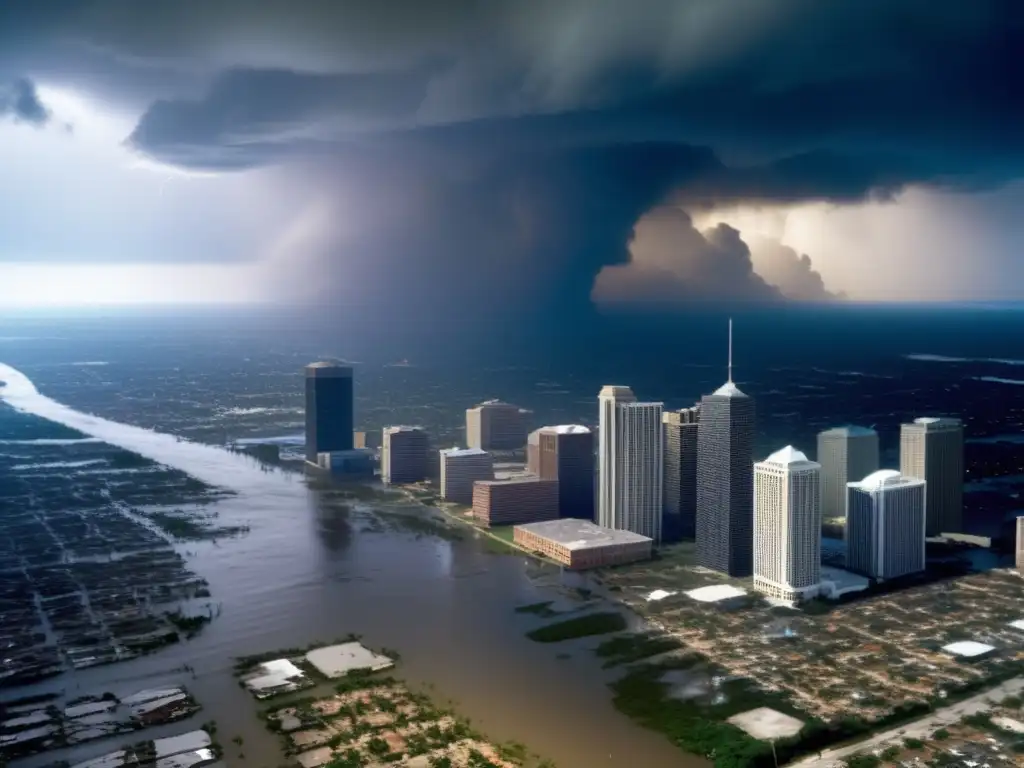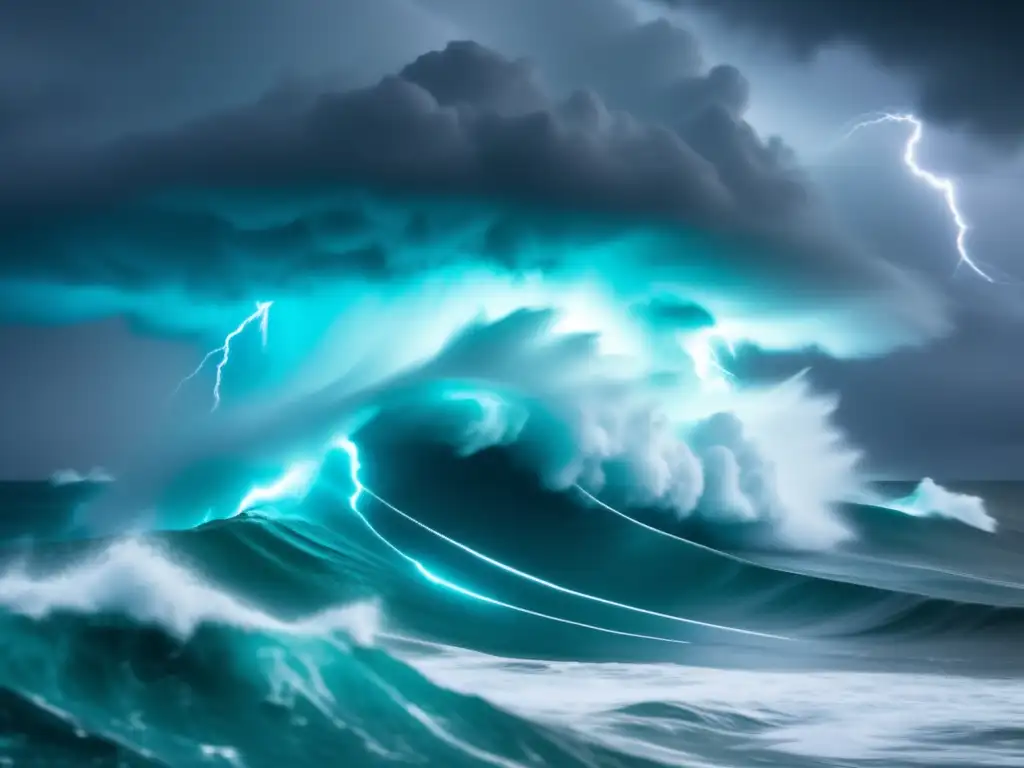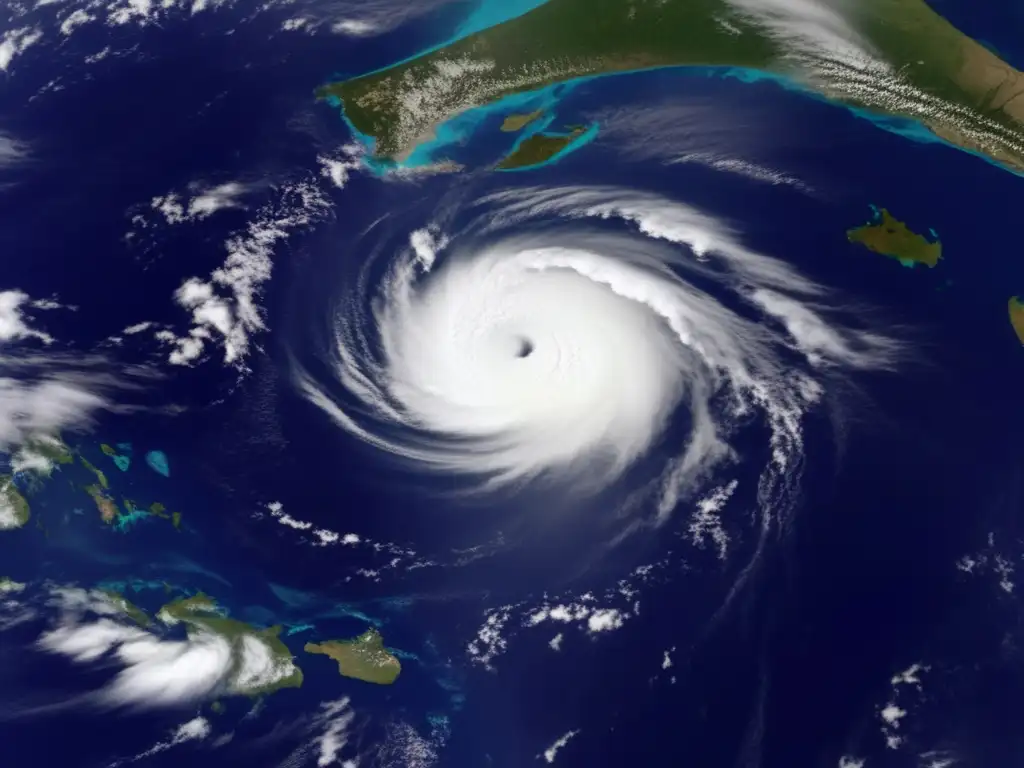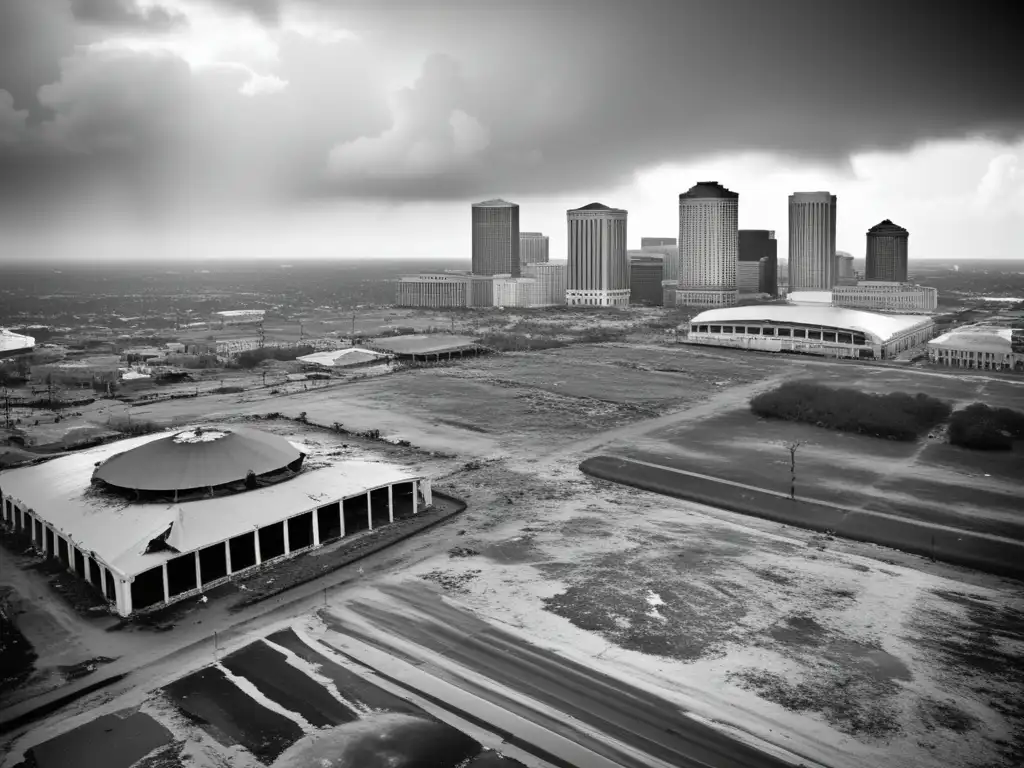The Science Behind Hurricane Names

The Science Behind Hurricane Names
Introduction
When it comes to hurricanes, names are more than just labels. They hold meaning and significance, and they help us understand the impact of these powerful storms on our lives and communities. But have you ever wondered how hurricanes get their names, or why certain names are chosen over others? In this article, we'll explore the science behind hurricane names, including how they're selected and what makes them unique.
The History of Hurricane Names

Origin of Naming Hurricanes
The practice of naming hurricanes has its roots in ancient Caribbean culture, where storms were often named after saints. This tradition continued through the years, but it wasn't until the 1940s that the United States began formally identifying hurricanes by name. The first official list of hurricane names was created in 1953, and it included only female names. It wasn't until 1979 that male names were added to the list, and since then, the World Meteorological Organization (WMO) has been responsible for selecting and maintaining the list of hurricane names used around the globe.
How Hurricane Names are Chosen
Each year, the WMO selects a list of names for hurricanes that may occur during the upcoming hurricane season. These lists are compiled several years in advance, and each list contains 21 names, arranged alphabetically and alternating between male and female names. For example, the 2021 Atlantic hurricane season includes the names Ana, Bill, Claudette, Danny, Elsa, Fred, Grace, Henri, Ida, Julian, Kate, Larry, Mindy, Nicholas, Odette, Peter, Rose, Sam, Teresa, Victor, and Wanda.
The WMO tries to choose names that are short, easy to pronounce and remember, culturally sensitive, and gender-balanced. In the event that there are more than 21 named storms in a season, additional names are taken from the Greek alphabet. This happened in 2020, when the original list of 21 names was exhausted and six additional storms were named Alpha, Beta, Gamma, Delta, Epsilon, and Zeta.
Retiring Hurricane Names
Some hurricane names are retired after they've been used if a storm is particularly devastating or deadly. For example, Hurricane Katrina was retired after causing more than $100 billion in damage and taking more than 1,800 lives. Retiring hurricane names helps to avoid confusion and prevent future storms from being compared to particularly destructive predecessors.
The Meaning Behind Hurricane Names

Why Hurricanes are Named After People
One common misconception about hurricane names is that they're chosen after famous people or places. In fact, the WMO uses a predetermined list of names that rotates every six years. But why are hurricanes named after people in the first place?
The practice of naming hurricanes after people began with meteorologists during World War II, who gave storms female names based on their wives or girlfriends. The idea was that using women's names for storms would make them easier to remember and track, as they were seen as temperamental and unpredictable, much like the storms themselves. Today, hurricane names are still chosen based on their ease of use and memorability, though they're carefully selected to avoid cultural insensitivity or offense.
What Makes a Hurricane Name Unique
With so many storms occurring each year, it's important to choose hurricane names that are unique and easily distinguishable. To achieve this, the WMO has established a set of guidelines for selecting names, including:
- No repeating names: Once a name is used for a storm, it cannot be used again. This means that if Hurricane Ana occurs in 2021, there won't be another Hurricane Ana until 2027 at the earliest.
- Alternating genders: Hurricane names alternate between male and female to ensure gender balance on the list.
- No political associations: Names cannot be associated with any political figure or group, as this could be seen as endorsing or opposing a particular individual or cause.
- Cultural sensitivity: Names should not be offensive to any particular culture or group of people. For example, the name "Karen" was removed from the list of hurricane names following its use as a derogatory term for white women who make unreasonable demands or complaints.
How Hurricane Names are Used

Why We Use Hurricane Names
There are several reasons why we use names to identify hurricanes. First, names make it easier to track and communicate information about storms. It's much simpler to say "Hurricane Elsa is expected to make landfall in Florida tomorrow" than "The storm currently located near the Bahamas, with sustained winds of 75 mph, is projected to move northwestward towards Florida."
In addition, names help to raise awareness and preparedness for hurricane season. When people hear that a storm has a name, they're more likely to take it seriously and take necessary precautions to protect themselves and their property. By using names, we can effectively communicate the potential dangers of a hurricane and help people stay safe.
Other Uses of Hurricane Names
In addition to their main purpose of identifying storms, hurricane names serve several other functions. They help scientists and researchers track the frequency and intensity of storms over time, by providing a consistent label for each storm. Names can also be used to raise awareness about the impacts of hurricanes, particularly on vulnerable communities and regions. And finally, hurricane names can serve as a tool for fundraising and disaster relief efforts, by highlighting the severity of a storm and encouraging donations and support for those affected.
Frequently Asked Questions

-
What happens if all 21 hurricane names are used in a season?
If all 21 hurricane names are used in a season, additional storms are named using the Greek alphabet (Alpha, Beta, Gamma, etc.).
-
How are hurricane names chosen?
Hurricane names are chosen by the World Meteorological Organization, which selects names that are short, easy to remember, and culturally sensitive.
-
Why are hurricanes named after people?
Hurricanes are named after people to make them easier to remember and track. The practice began during World War II, when meteorologists named storms after their wives or girlfriends.
-
Can hurricane names be reused?
No, once a name is used for a storm, it cannot be used again. This ensures that each storm has a unique and easily distinguishable name.
-
Do hurricane names have any other purposes besides identifying storms?
Yes, hurricane names can also be used to track storm frequency and intensity, raise awareness about storm impacts, and encourage donations and support for disaster relief efforts.
Conclusion
Hurricane names may seem like a small detail, but they play a crucial role in our understanding of these powerful storms. By learning more about how hurricane names are chosen, what makes them unique, and how they're used, we can better prepare for hurricane season and stay safe in the face of these natural disasters. Additionally, it's important to remember that hurricanes can have far-reaching impacts on families, communities, and economies, and we should work together to support those affected by these storms.
If you have any thoughts or questions about hurricane names, feel free to leave a comment below. And as always, stay informed and stay safe!
Additional Resources

- National Hurricane Center - About Hurricane Names
- World Meteorological Organization - Tropical Cyclone Programme
- National Weather Service - Hurricane Names
 Exploring The Impact Of Hurricanes On Wildlife
Exploring The Impact Of Hurricanes On Wildlife Historic Hurricanes: The Great Hurricane Of 1780
Historic Hurricanes: The Great Hurricane Of 1780 Lessons From Hurricane Katrina: What We Learned
Lessons From Hurricane Katrina: What We LearnedIf you want to discover more articles similar to The Science Behind Hurricane Names, you can visit the Basic knowledge about hurricanes: category.
Leave a Reply

Articulos relacionados: